Home>Gardening & Outdoor>Outdoor Structures>How To Move A Large Shed Without Dismantling
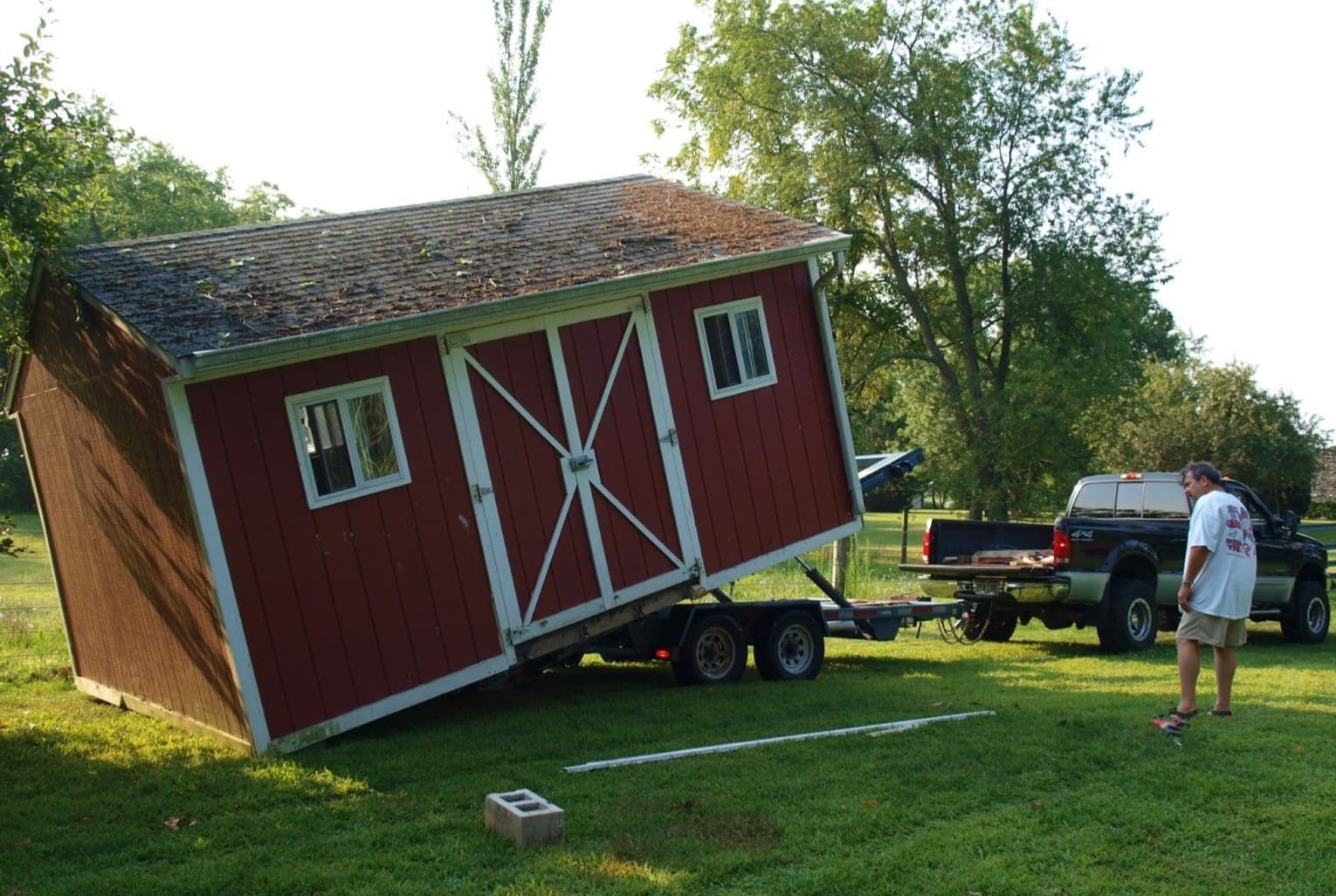

Outdoor Structures
How To Move A Large Shed Without Dismantling
Published: January 19, 2024
Learn how to move a large shed without dismantling it. Get expert tips on relocating outdoor structures with ease. Avoid the hassle and save time!
(Many of the links in this article redirect to a specific reviewed product. Your purchase of these products through affiliate links helps to generate commission for Storables.com, at no extra cost. Learn more)
Introduction
Moving a large shed without dismantling it may seem like a daunting task, but with the right preparation and equipment, it can be accomplished safely and efficiently. Whether you're relocating to a new property or simply repositioning your shed within your current space, this guide will provide you with valuable insights and practical tips to help you navigate this process with confidence.
Sheds serve as valuable storage spaces for tools, equipment, and outdoor gear, and preserving their structural integrity during a move is crucial. By assessing the shed, preparing for the move, choosing the right equipment, and executing the relocation process carefully, you can ensure that your shed remains intact and functional throughout the transition.
In the following sections, we'll delve into the essential steps involved in moving a large shed without dismantling it. From evaluating the shed's current condition to selecting the appropriate tools and techniques, we'll cover everything you need to know to tackle this project effectively. So, let's embark on this journey and discover the strategies for relocating your shed while keeping it fully assembled and ready for continued use.
Key Takeaways:
- Moving a large shed without dismantling it requires careful assessment, thorough preparation, and the right equipment. Clearing the area, securing permits, and assembling a capable team are crucial for a successful relocation.
- Prioritize safety, effective communication, and attention to detail when relocating a shed. Choosing the right equipment, meticulous planning, and a methodical approach ensure a secure and efficient move, preserving the shed’s structural integrity.
Read more: How To Dismantle A Tool Shed
Assessing the Shed
Before embarking on the process of moving a large shed without dismantling it, a comprehensive assessment of the shed’s current condition is essential. This step is crucial for determining the structural integrity of the shed and identifying any potential challenges that may arise during the relocation process.
Begin by carefully inspecting the shed’s foundation, walls, roof, and overall framework. Look for signs of wear and tear, such as rot, rust, or structural damage, that may compromise the shed’s stability during the move. Additionally, assess the flooring inside the shed to ensure it can withstand the stress of being relocated without sustaining damage.
It’s also important to consider the shed’s size and weight. Measure the dimensions of the shed and calculate its approximate weight to determine the level of equipment and manpower required for the move. If the shed contains any items or equipment, assess their weight and secure them properly to prevent shifting during transportation.
Another critical aspect of the assessment involves evaluating the accessibility of the shed within its current location. Take note of any obstacles, such as trees, fences, or other structures, that may impede the movement of the shed. Assess the terrain and ground conditions to anticipate any challenges related to maneuvering the shed during the relocation process.
Furthermore, consider the environmental factors, such as weather conditions and seasonal variations, that may impact the shed’s stability and the overall feasibility of the move. By thoroughly assessing these elements, you can gain a comprehensive understanding of the shed’s condition and the factors that will influence the relocation process.
Once the assessment is complete, document your observations and measurements to inform the subsequent steps of the relocation process. This detailed assessment will serve as a valuable reference point for making informed decisions and implementing the necessary precautions to ensure a smooth and successful move.
Preparing for the Move
Effective preparation is essential when planning to move a large shed without dismantling it. This phase involves meticulous planning, gathering the necessary tools and materials, and implementing safety measures to facilitate a seamless relocation process.
First and foremost, ensure that you have obtained any required permits or approvals for relocating the shed, especially if the move involves crossing property lines or adheres to local regulations. Adhering to legal requirements and obtaining necessary permissions will prevent potential setbacks and ensure a compliant and lawful relocation.
Next, clear the area surrounding the shed to create a safe and unobstructed path for the relocation process. Remove any debris, vegetation, or obstacles that may impede the movement of the shed and pose safety hazards during the move. Additionally, secure any loose items inside the shed to prevent damage or displacement during transportation.
It is crucial to enlist the assistance of experienced individuals to support the relocation effort. Collaborating with a team of capable individuals will not only streamline the process but also enhance safety by distributing the workload and facilitating effective communication during the move. Assign specific roles and responsibilities to each team member to ensure a coordinated and efficient relocation.
Furthermore, gather the necessary equipment and tools required for the move, such as heavy-duty towing straps, lifting equipment, and transportation vehicles capable of accommodating the shed’s size and weight. Additionally, consider utilizing protective gear, such as gloves and safety goggles, to mitigate potential risks and ensure the safety of everyone involved in the relocation process.
Prior to initiating the move, develop a detailed relocation plan that outlines the sequence of tasks, safety protocols, and contingency measures. Communicate the plan to all team members involved and conduct a comprehensive safety briefing to address potential hazards and ensure adherence to best practices throughout the relocation process.
By thoroughly preparing for the move and addressing logistical, safety, and regulatory considerations, you can lay a solid foundation for a successful and efficient relocation of the large shed. This proactive approach will mitigate potential challenges and contribute to a smooth and well-executed transition to the shed’s new location.
Before moving a large shed, make sure to clear the path of any obstacles and secure any loose items inside the shed. Use heavy-duty equipment like a forklift or a truck with a winch to carefully lift and transport the shed to its new location.
Choosing the Right Equipment
Selecting the appropriate equipment is a critical aspect of moving a large shed without dismantling it. The right tools and machinery not only facilitate the relocation process but also contribute to the safety and integrity of the shed during transportation. Here are essential considerations for choosing the right equipment:
- Towing and Lifting Equipment: Invest in heavy-duty towing straps, winches, and lifting equipment capable of supporting the shed’s weight and dimensions. Ensure that the equipment is in optimal condition and rated for the specific load capacity required for the relocation.
- Transportation Vehicles: Select suitable transportation vehicles, such as flatbed trucks or trailers, that can accommodate the size of the shed and provide a stable platform for secure transportation. Verify that the vehicles are equipped with appropriate tie-down points and safety features to prevent shifting or displacement of the shed during transit.
- Protective Padding and Supports: Utilize protective padding, such as foam blocks or rubber mats, to cushion and support the shed during the relocation process. This additional layer of protection helps minimize the risk of structural damage and ensures that the shed remains stable and secure during transportation.
- Personal Protective Equipment (PPE): Prioritize the safety of the relocation team by providing essential personal protective equipment, including gloves, safety goggles, and sturdy footwear. Proper PPE minimizes the risk of injuries and enhances overall safety throughout the move.
- Communication Devices: Implement reliable communication devices, such as two-way radios or mobile phones, to facilitate clear and efficient coordination among the team members during the relocation. Effective communication is essential for ensuring synchronized movements and addressing any unforeseen challenges promptly.
Additionally, consider the terrain and environmental factors when selecting equipment. If the relocation involves navigating uneven or challenging terrain, opt for machinery and vehicles equipped for off-road capabilities. Anticipating and addressing these factors during the equipment selection process will contribute to a more seamless and secure relocation of the large shed.
By investing in high-quality equipment and adhering to best practices for their utilization, you can significantly enhance the efficiency and safety of the shed relocation. Careful consideration of the specific requirements and conditions surrounding the move will guide the selection of the most suitable equipment, ultimately contributing to a successful and well-executed relocation process.
Moving the Shed
Executing the relocation of a large shed without dismantling it requires a methodical approach, precision, and a keen focus on safety. The actual process of moving the shed involves a series of carefully coordinated steps, each of which plays a crucial role in ensuring the successful and secure transportation of the structure to its new location.
Begin by attaching heavy-duty towing straps or cables to the shed, ensuring that they are securely fastened to the structural components to support the weight of the shed during the move. Employ lifting equipment, such as winches or hydraulic jacks, to gradually elevate the shed and create clearance for the transportation vehicles to maneuver underneath.
Once the shed is lifted and positioned onto the transportation vehicles, secure it firmly using the appropriate tie-down points and fastening mechanisms. Confirm that the shed is stable and well-supported to prevent shifting or instability during transit. Utilize protective padding and supports to cushion the shed and minimize the impact of vibrations or movements during transportation.
Throughout the relocation process, maintain clear and consistent communication among the team members involved. Use designated signals or communication devices to coordinate movements and ensure that the transportation vehicles navigate obstacles and terrain with caution. Prioritize a slow and steady pace to minimize jolts or sudden movements that could compromise the stability of the shed.
As the shed reaches its new location, carefully position the transportation vehicles to facilitate a smooth unloading process. Lower the shed onto the designated spot, ensuring that the foundation and supporting structure can accommodate its weight and dimensions. Exercise caution and precision during the unloading phase to prevent any sudden shifts or impacts that may affect the shed’s integrity.
Following the successful relocation, conduct a thorough inspection of the shed to assess its condition and structural stability. Address any potential issues or adjustments necessary to ensure that the shed is securely positioned and ready for use in its new location. This post-relocation assessment serves as a critical step in confirming the integrity of the shed and addressing any concerns promptly.
By approaching the process of moving the shed with meticulous planning, effective coordination, and a focus on safety, you can navigate the relocation with confidence and precision. Each step of the relocation process contributes to the overall success of the endeavor, culminating in the secure and well-executed transportation of the large shed to its new home.
Read more: How To Move Storage Shed
Conclusion
Relocating a large shed without dismantling it is a complex undertaking that demands careful planning, meticulous execution, and a steadfast commitment to safety. By embarking on this journey armed with a comprehensive understanding of the shed’s condition, thorough preparation, the right equipment, and a methodical approach to the relocation process, you can successfully transport the shed to its new location while preserving its structural integrity and functionality.
Throughout the relocation process, prioritizing safety, effective communication, and attention to detail are paramount. Assessing the shed’s condition provides valuable insights that inform the subsequent steps, ensuring that potential challenges are anticipated and addressed proactively. Thorough preparation, including clearing the area, obtaining necessary permits, and assembling a capable team, sets the stage for a smooth and well-coordinated relocation effort.
Choosing the right equipment, tailored to the specific requirements of the shed and the relocation context, is instrumental in facilitating the move and safeguarding the shed during transportation. From towing and lifting equipment to protective padding and communication devices, each component plays a vital role in ensuring the secure and efficient relocation of the shed.
Moving the shed demands precision, coordination, and a keen focus on safety at every stage. From lifting and securing the shed onto transportation vehicles to carefully unloading and positioning it at the new location, each step requires careful attention to detail and a commitment to maintaining the shed’s stability and structural integrity throughout the journey.
As the shed reaches its new home, conducting a thorough assessment and addressing any post-relocation considerations ensures that the shed is ready for immediate use in its new environment. This final evaluation serves as a testament to the successful execution of the relocation effort, affirming that the shed has been transported securely and is poised for continued utility in its new setting.
Ultimately, the relocation of a large shed without dismantling it is a testament to meticulous planning, teamwork, and a steadfast dedication to ensuring the shed’s preservation and functionality. By embracing the insights and strategies outlined in this guide, you can navigate the process of moving a large shed with confidence, achieving a successful relocation that upholds the shed’s integrity and paves the way for its continued utility in its new location.
Frequently Asked Questions about How To Move A Large Shed Without Dismantling
Was this page helpful?
At Storables.com, we guarantee accurate and reliable information. Our content, validated by Expert Board Contributors, is crafted following stringent Editorial Policies. We're committed to providing you with well-researched, expert-backed insights for all your informational needs.
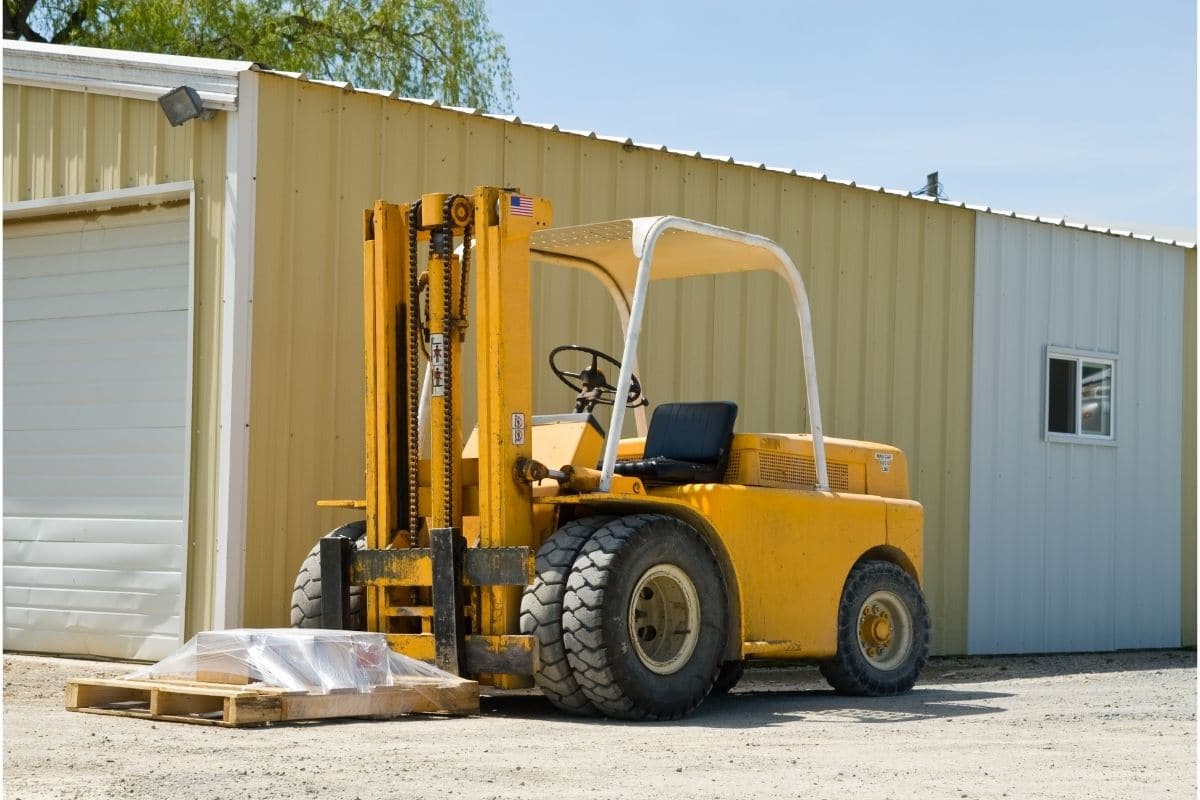
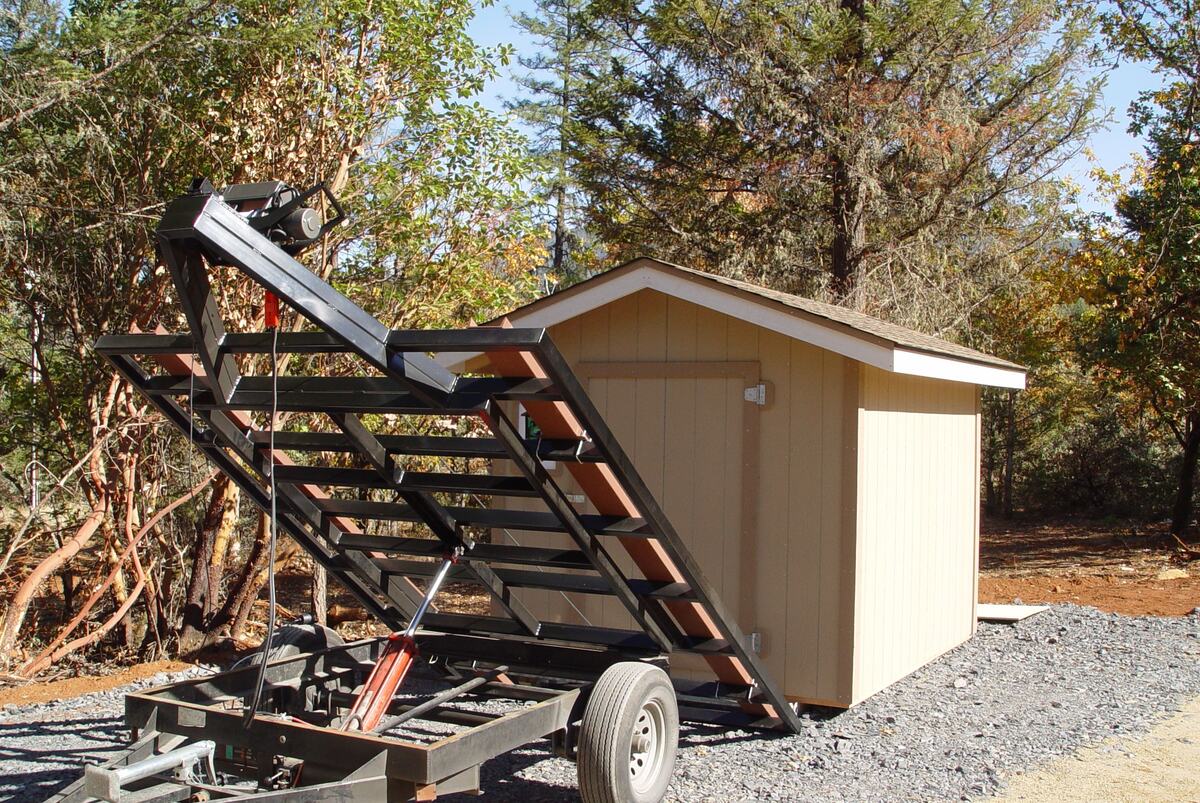
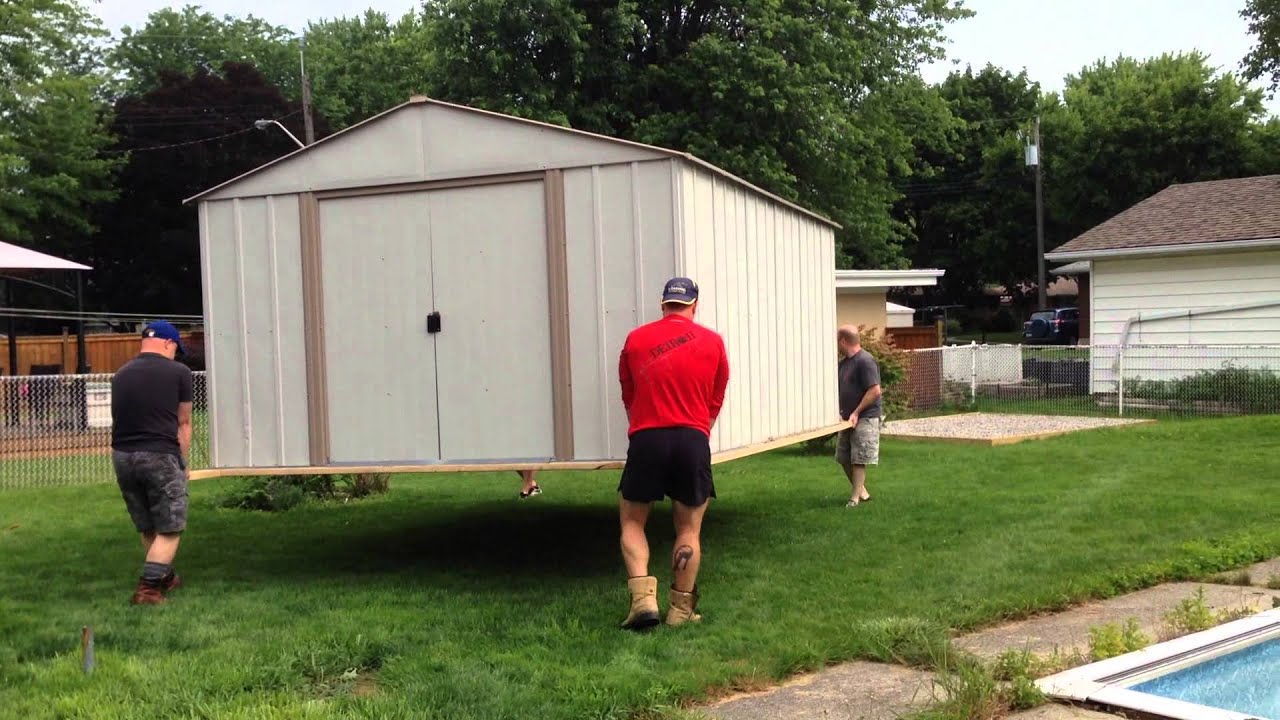



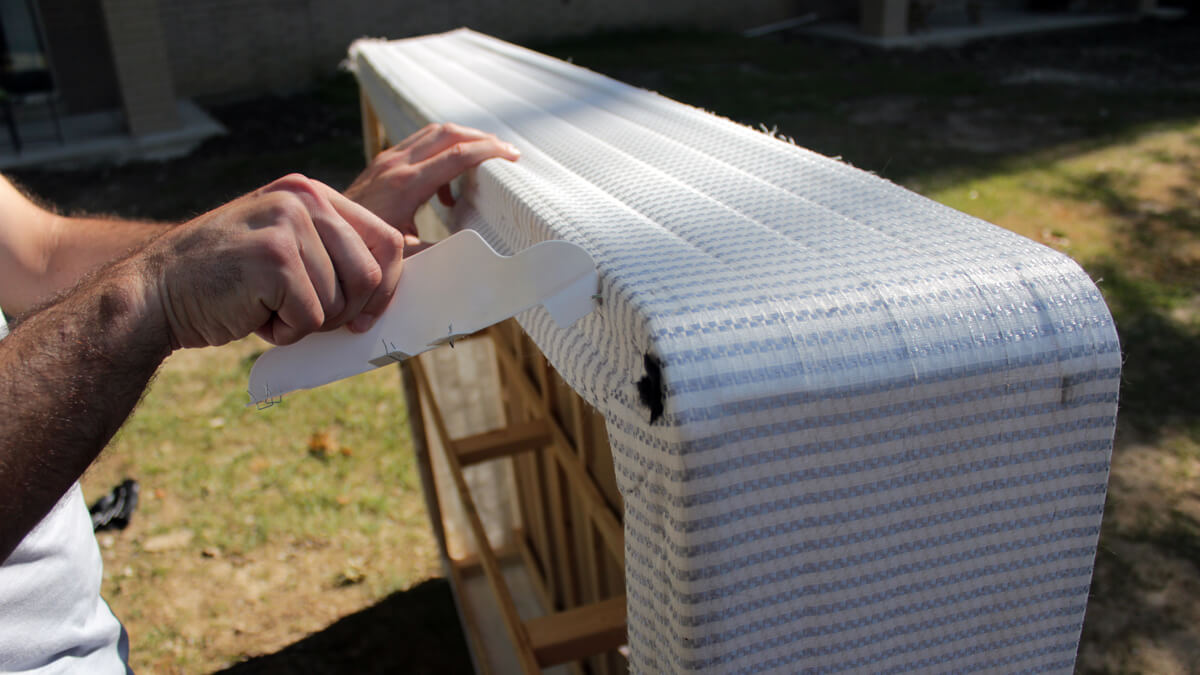
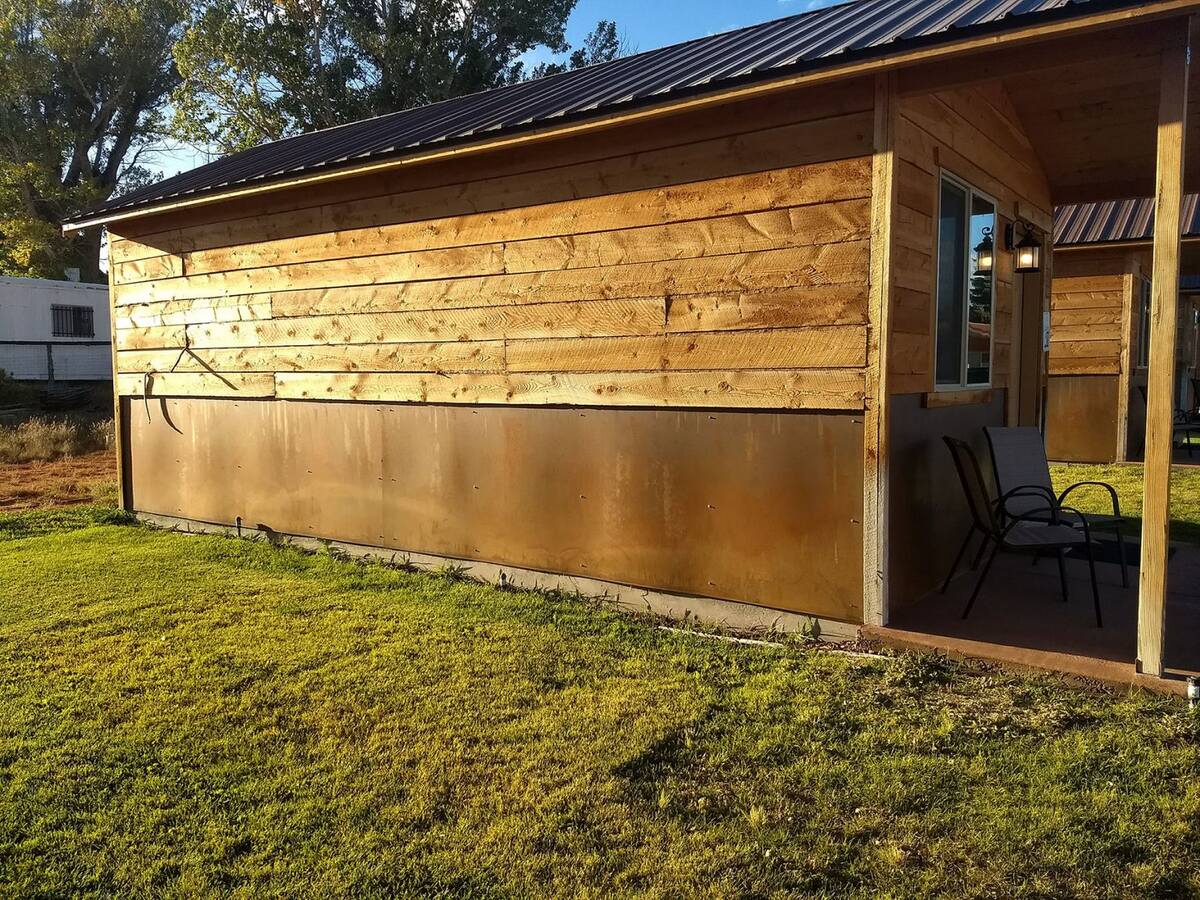


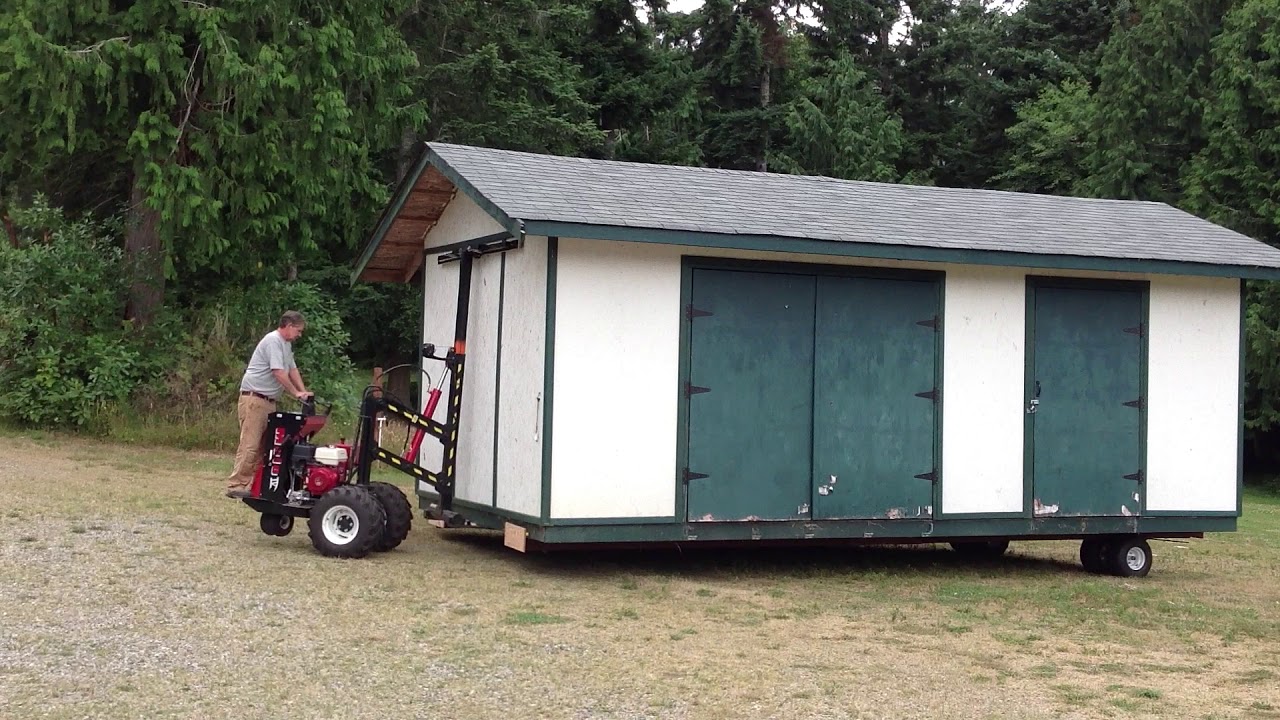
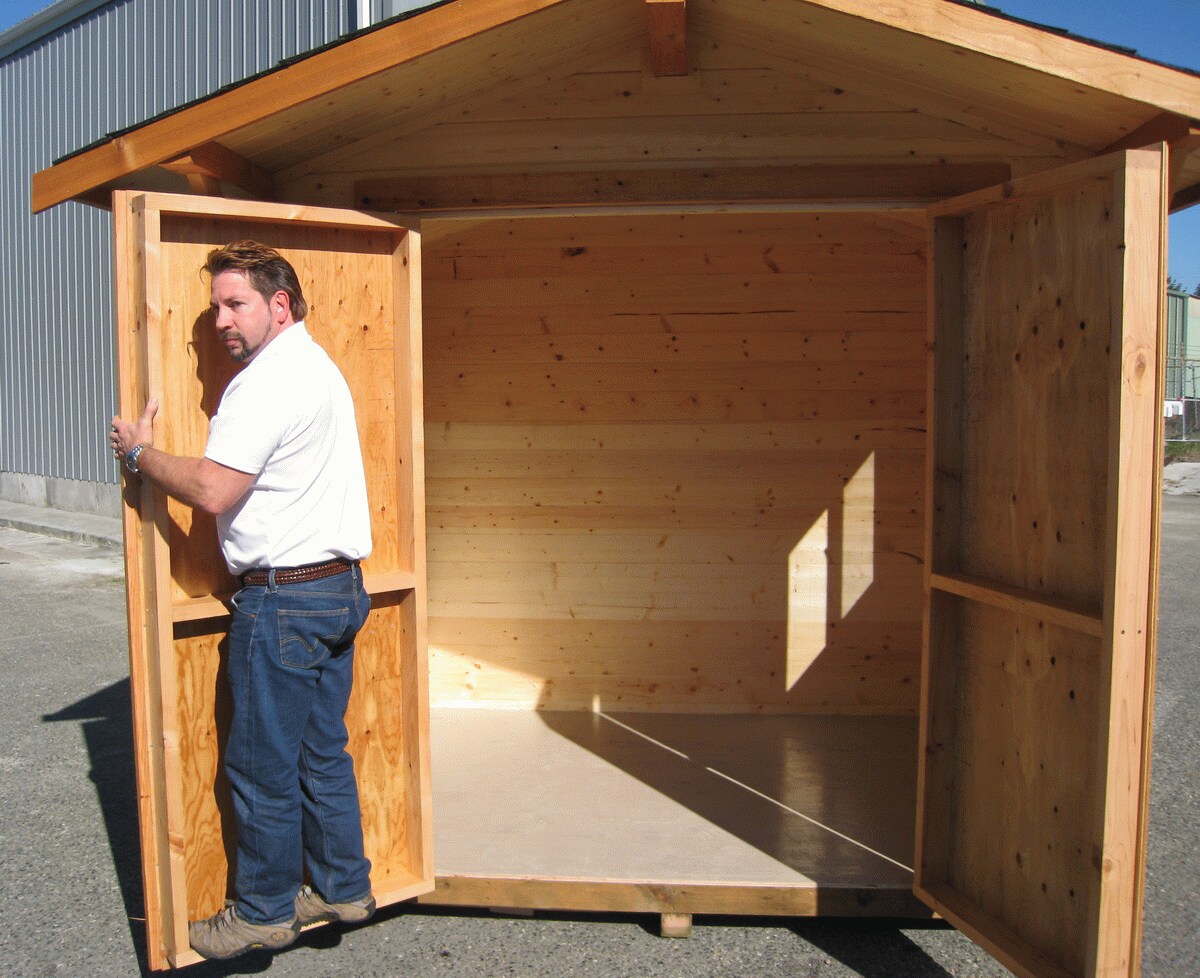



0 thoughts on “How To Move A Large Shed Without Dismantling”